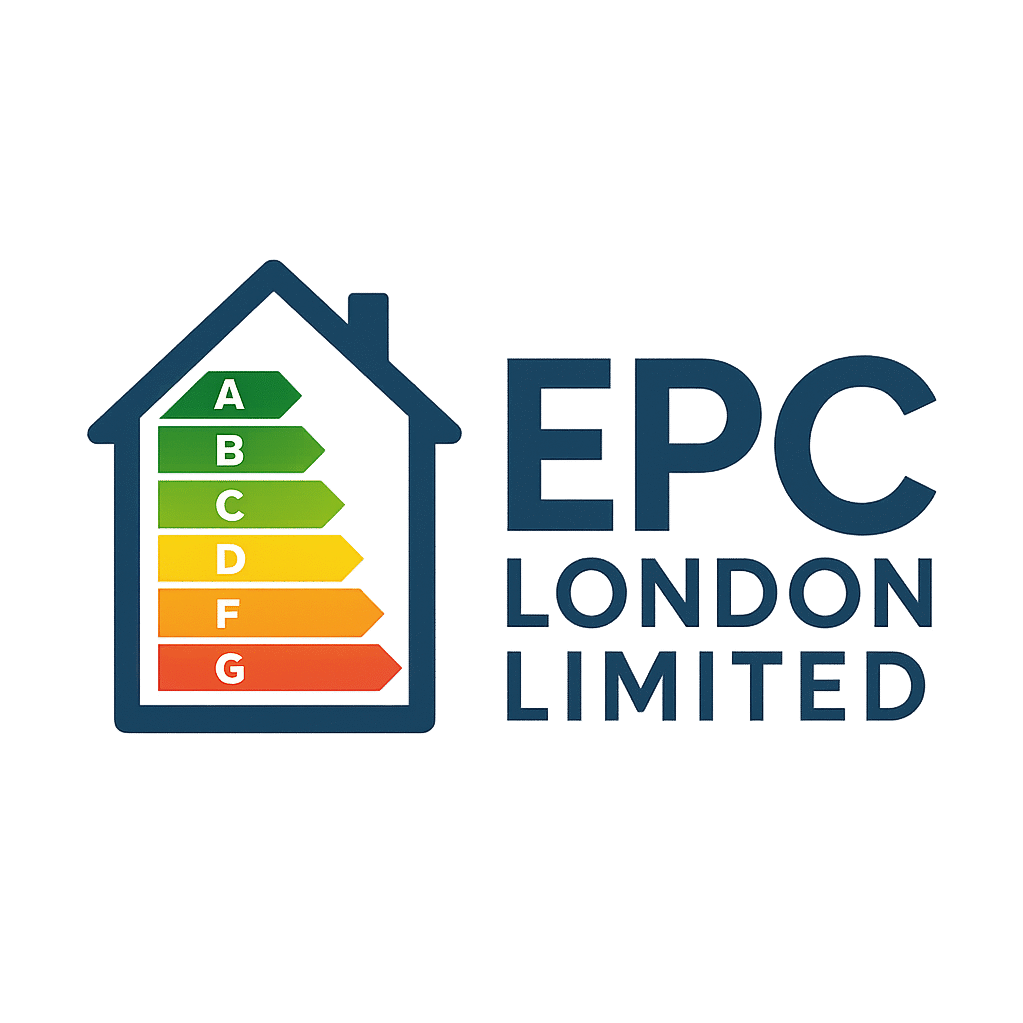Navigating the EPC Process: A Step-by-Step Guide for Property Owners
Navigating the Energy Performance Certificate (EPC) process may seem daunting for property owners, especially those unfamiliar with the requirements and procedures involved. However, understanding the steps involved can streamline the process and ensure compliance with regulations while maximizing the energy efficiency of your property. In this comprehensive guide, we’ll walk you through each step of the EPC process, from assessment to certification, empowering you to navigate the process with confidence.
Understanding the Purpose of EPCs
Before diving into the EPC process, it’s essential to understand the purpose of Energy Performance Certificates. EPCs provide valuable insights into a property’s energy efficiency, helping property owners and prospective buyers or tenants make informed decisions about energy usage, costs, and environmental impact. By assessing factors such as insulation, heating systems, and lighting, EPCs enable property owners to identify opportunities for improvement and enhance energy efficiency.
Assessing the Need for an EPC
The first step in the EPC process is determining whether your property requires an Energy Performance Certificate. In many countries, EPCs are mandatory for properties being sold or rented out. Additionally, new construction projects or major renovations may also require an EPC. Check local regulations to ascertain whether your property falls under the EPC requirement.
Engaging an Accredited Assessor
Once you’ve established the need for an EPC, the next step is to engage an accredited assessor to conduct the assessment. Accredited assessors are trained professionals qualified to evaluate a property’s energy performance and issue EPCs. It’s crucial to choose a reputable assessor with relevant qualifications and experience to ensure accurate and reliable results.
Scheduling the Assessment
Coordinate with your chosen assessor to schedule the EPC assessment at a convenient time. The assessment typically involves a visit to your property, during which the assessor will gather information about its energy features, such as insulation, heating systems, and lighting. Be prepared to provide access to all areas of the property to facilitate a thorough assessment.
Completing the Assessment
During the assessment, the accredited assessor will gather data about various energy-related features of your property, including its construction, insulation, heating systems, and lighting. They may also take measurements and photographs as necessary to support their evaluation. The assessor will use this information to calculate the property’s energy efficiency rating and compile the EPC report.
Receiving the EPC Report
After completing the assessment, the accredited assessor will generate an Energy Performance Certificate (EPC) report detailing the property’s energy efficiency rating, recommendations for improvement, and other relevant information. The report will assign a rating on a scale from A to G, with A being the most energy-efficient and G being the least. Review the report carefully to understand your property’s energy performance and identify opportunities for enhancement.
Implementing Energy Efficiency Measures
Upon receiving the EPC report, consider implementing the recommended energy efficiency measures to improve your property’s energy performance. These measures may include upgrading insulation, installing energy-efficient heating and lighting systems, and incorporating renewable energy technologies. By implementing these recommendations, you can enhance energy efficiency, reduce utility costs, and increase the property’s value.
Displaying the EPC
If you’re selling or renting out your property, it’s a legal requirement in many jurisdictions to display the Energy Performance Certificate (EPC) in the property’s marketing materials or provide it to prospective buyers or tenants. Ensure that the EPC is readily accessible and prominently displayed to comply with regulations and inform potential occupants about the property’s energy efficiency rating.
Navigating the Energy Performance Certificate (EPC) process may seem complex, but with this step-by-step guide, property owners can confidently navigate each stage of the process. By engaging accredited assessors, scheduling assessments, reviewing EPC reports, and implementing energy efficiency measures, property owners can enhance their property’s energy performance, reduce utility costs, and contribute to a more sustainable future. With a clear understanding of the EPC process, property owners can make informed decisions to optimize their properties’ energy efficiency and compliance with regulations.







